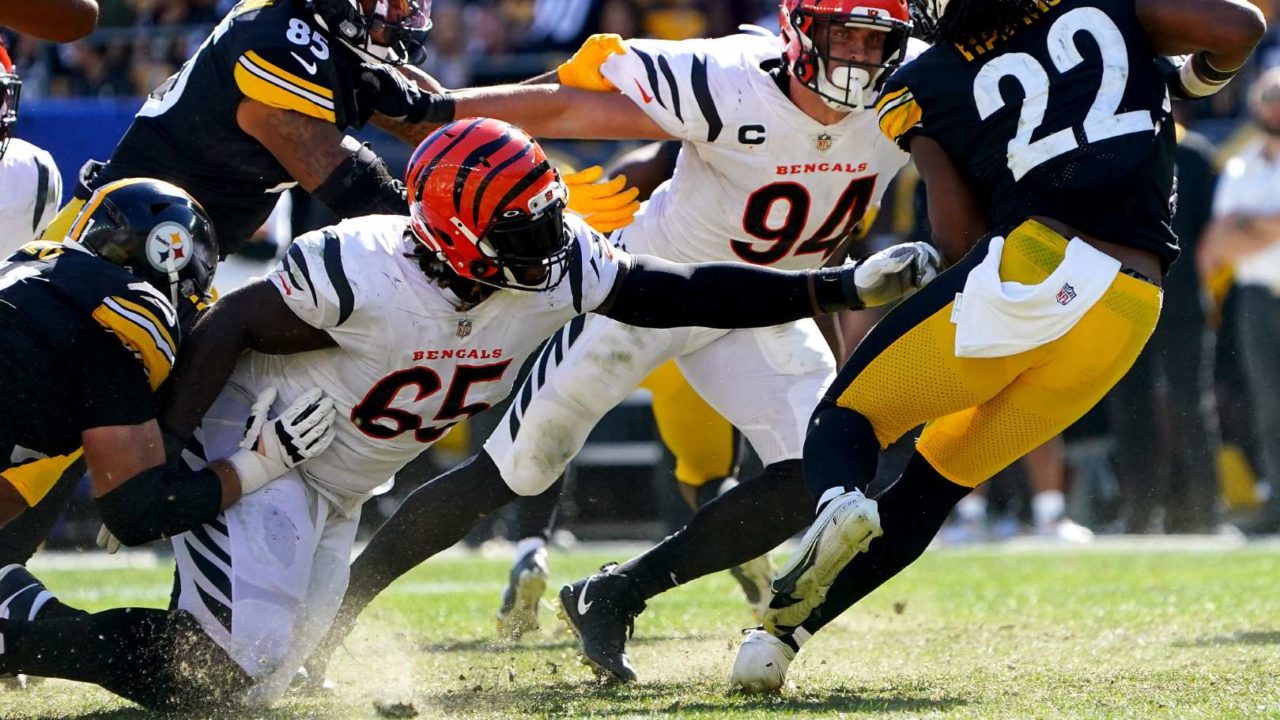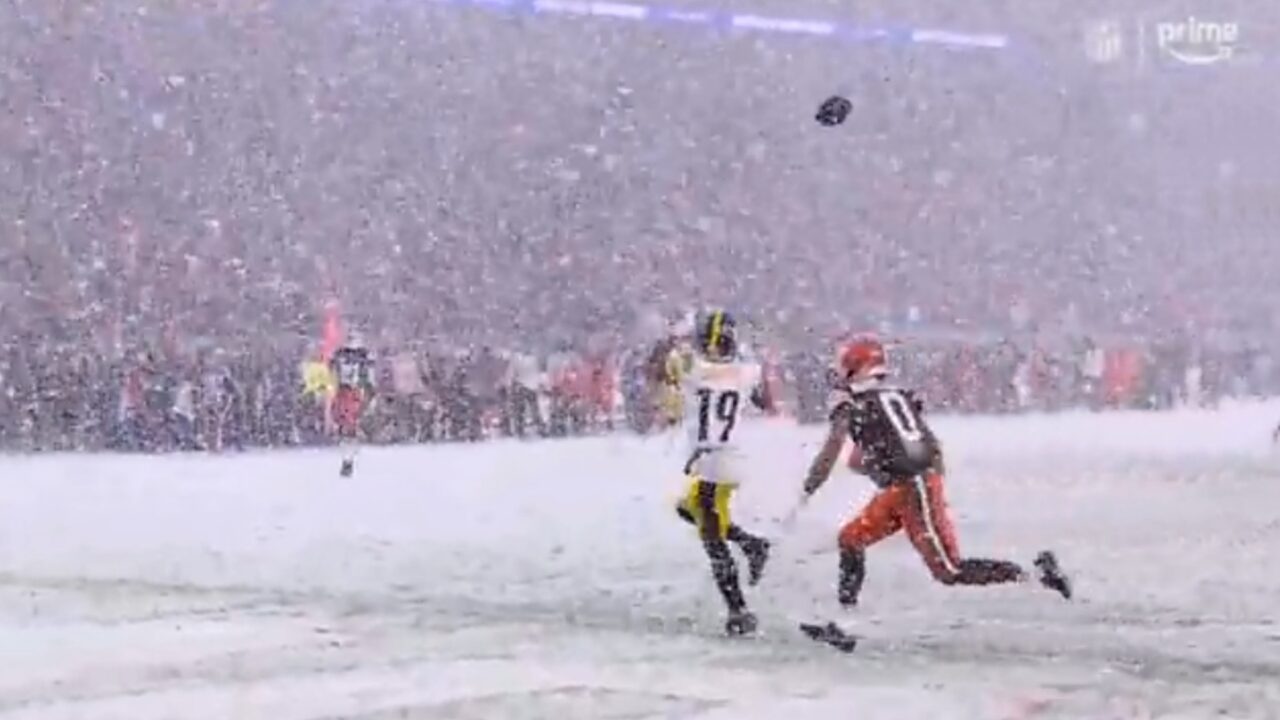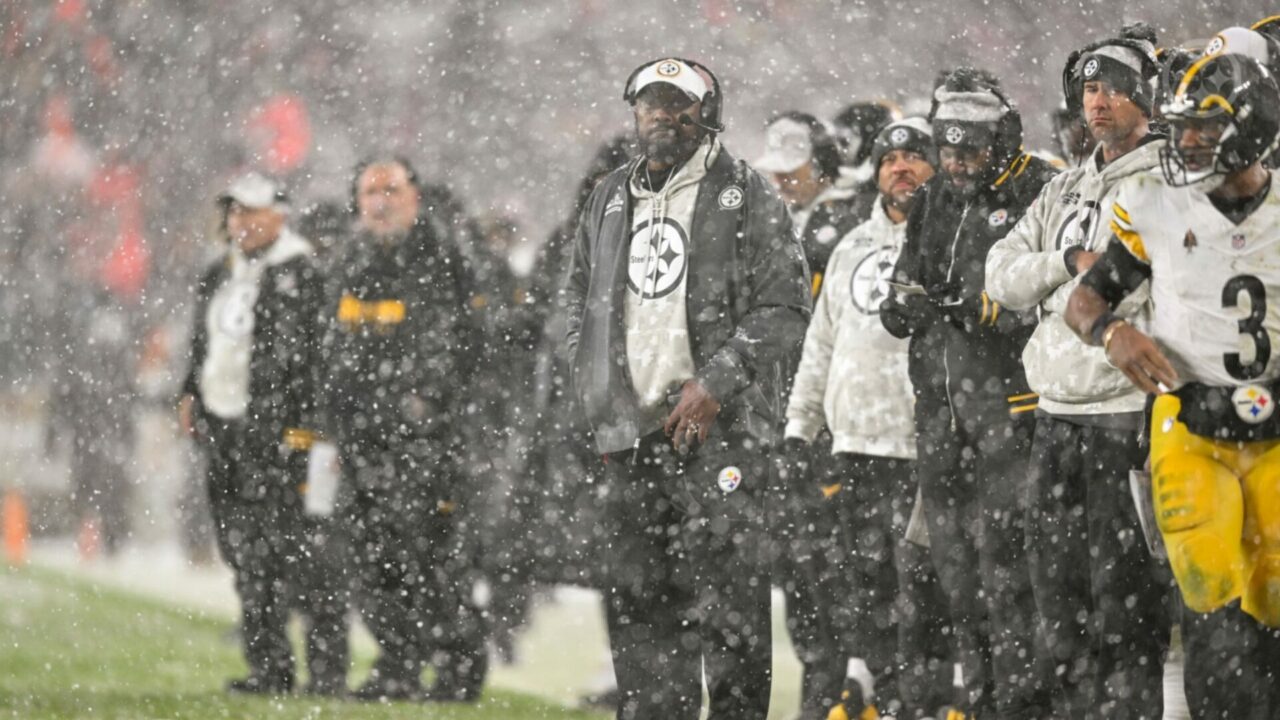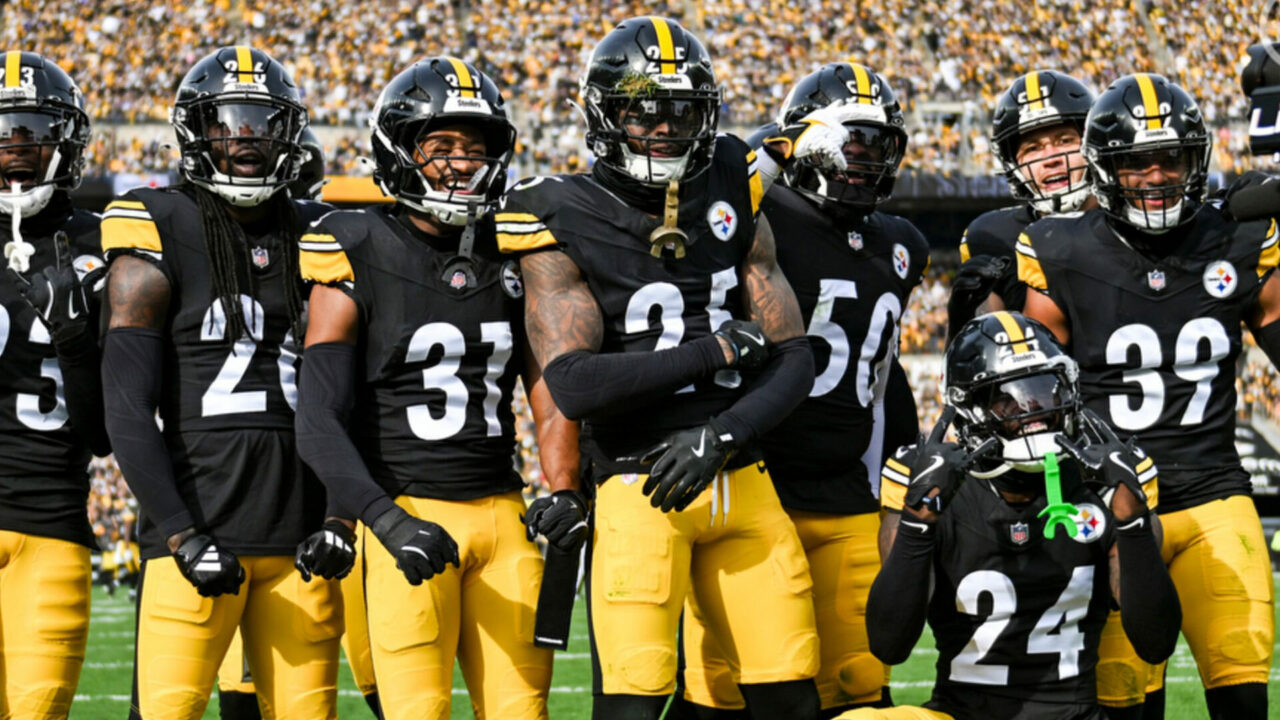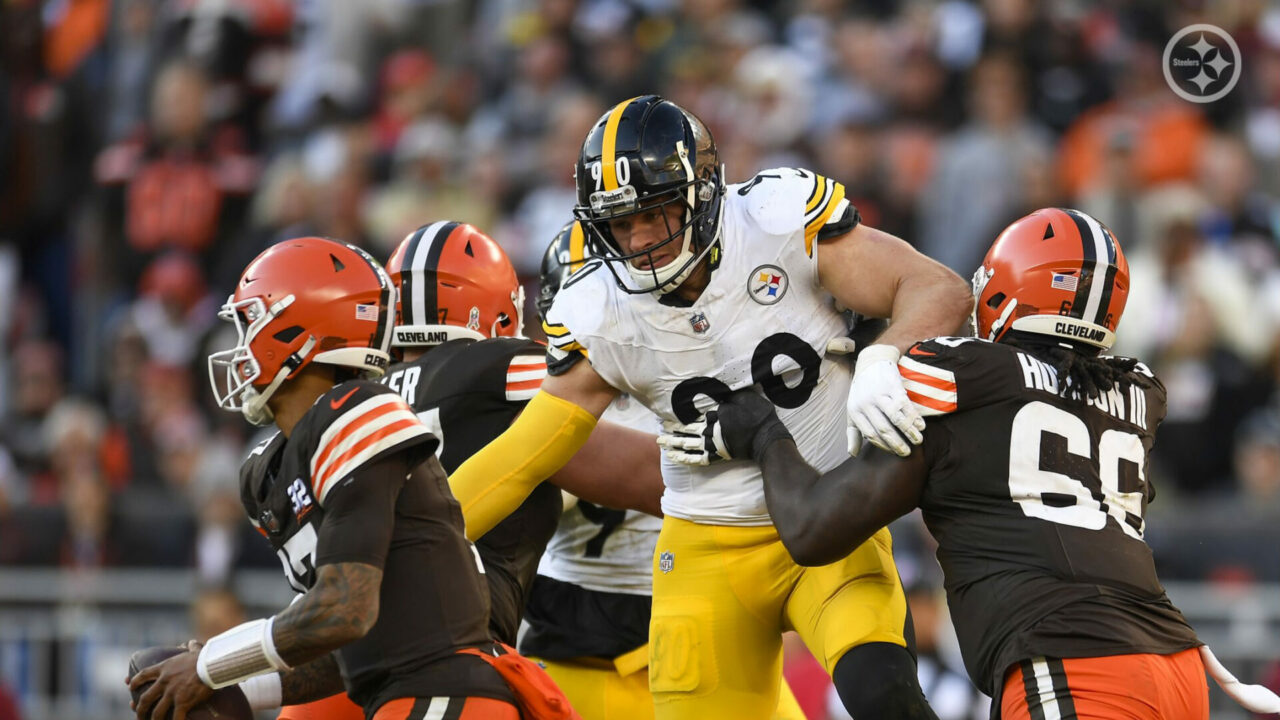How the Ogunjobi signing mirrors past Pittsburgh signings
The Pittsburgh Steelers made a bit of a splash last week, with new General Manager Omar Khan making his first outside signing to the team following another piece of breaking news, that defensive end Stephon Tuitt would be retiring from the NFL.
There was a certain subset of panic amongst Steelers Nation over the last year concerning Tuitt’s playing status, following the tragic death of his brother last summer. The organization had been silent on any updates, respecting the player’s privacy and giving him the distance to decide on his future.
Once news broke of Tuitt’s retirement, however, the panic set in once again as to what to do about it.
Did the Steelers adequately address their concerns along the defensive line?
Brian Roach and I discussed this on the SCU Podcast around the same time and felt that the answer was mostly a “yes”, as the Steelers drafted both Isaiahh Loudermilk and DeMarvin Leal in the previous two NFL Drafts, as well as brought back every other defensive lineman that was on the depth chart last season – including veteran Tyson Alualu, who was sorely missed after being hurt in the team’s second game.
Foolishly, I wasn’t paying attention to the Steelers’ usual way of handling their offseason business. That is, they typically do not try to rely on a rookie to jump right in and start. It’s almost always a situation where a veteran, signed to a one or two-year deal, is paired with an incoming player.
That should’ve signaled the Larry Ogunjobi signing as a sure thing, with the former Browns and Bengals defensive tackle the best available at his position on the market.
Ogunjobi’s availability was a subject of discussion, having had a $50 million contract pulled by the Chicago Bears a few months ago after failing a team physical. Gerry Dulac of the Pittsburgh Post-Gazette reported that Ogunjobi had Lisfranc surgery but should be ready in time for training camp.
The one-year deal is a low-risk high-reward for both parties, as these “prove it” deals typically pay the player a lower dollar figure (a reported $8 million now for Ogunjobi) versus the ability to seek a richer deal should the player exceed expectations.
Observing this from afar, it is no different than the usual approach for Pittsburgh.
Honestly, that’s how they approached the quarterback position this offseason, for starters, signing Mitchell Trubisky before selecting Kenny Pickett in the first round. But the actual parallels go back even further, almost year-to-year, depending on the positions of need.
Last season, the Steelers signed a handful of offseason linemen while also drafting Kendrick Green and Dan Moore Jr. Right before camp they also added Melvin Ingram, seeing that second-year linebacker Alex Highsmith would be replacing the departing Bud Dupree for the first time as a starter.
Unable to retain Javon Hargrave in 2020, Pittsburgh traded for Chris Wormley. With Ramon Foster’s retirement, they also added veteran Stefan Wisniewski and drafted Kevin Dotson.
That’s not to say these moves always work out, which in the case of Wisniewski (and others) it did not. However, it shows a dedication to details and ensuring that positions of need have a least two plans of action: either start a veteran player or a rookie.
2019 is a great example, as the Steelers acquired LB Mark Barron, ahead of drafting Devin Bush, signed WR Donte Moncrief, ahead of drafting Diontae Johnson, and picked up CB Steven Nelson, while also drafting Justin Layne.
The obvious needs there were to replace Ryan Shazier, find another starting receiver opposite JuJu Smith-Schuster (after losing Antonio Brown) and also pair someone with Joe Haden as a starting cornerback.
As you can see, it works in different ways, with the younger players almost all making the cut above the vets in that iteration of moves.
2018 saw a similar need at strong safety, with Morgan Burnett signed in the offseason while the Steelers selected Terrell Edmunds in the first round.
Other comparisons can be made over earlier years too with the initial addition of Darrius Heyward-Bey or the flop of signing Lance Moore. The same could be said for shrewd signings that don’t always make the biggest splashes, such as Arthur Moats or the aforementioned Tyson Alualu.
The Steelers have always been knocked for their lack of splash signings in free agency, but their two-pronged approach almost always finds a winner in the “two dogs, one bone” contest.
Edmunds superseded Burnett. Johnson supplanted Moncrief. Bush rose above Barron. And soon enough we’ll discover if Trubisky or Ogunjobi are the next veterans to pave the path for the rookies lined up behind them – or if the tenured players carve out their niche as Alualu and a few others once did.
Regardless, it appears that the Steelers have addressed nearly all of the major pain points of their roster heading into training camp.
